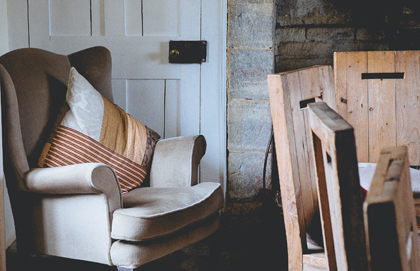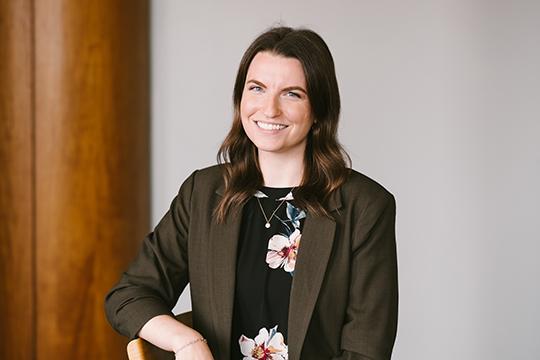When you think of the word ‘home’ do you think of a place? A person? A mental state? A feeling? Home can mean different things to different people. Home can be an arriving, a searching, a resting place. Home can be a conflict of two places you want to be, but have to either choose one or divide your attention between them. Home can be safe. Home can be messy.
Two of my favorite films deal with this concept of home: both protagonists are searching for it, and also choosing it for themselves. The film Lion and the film Brooklyn (both released in 2016) tell the stories of people who are searching for home while also choosing where home is for themselves in their young adult lives.
Lion tells the true story of how, as a five-year-old, Saroo Brierley was separated from his home in India by accident. He boarded an empty train that later relocated while he was asleep, stranding him in bustling Kolkata (then called Calcutta), where he didn’t know the language or the proper pronunciation of the name of his village, and had no one to care for him. He survived on the streets, narrowly escaping death, and ended up at an orphanage where he was adopted by a Caucasian couple, Sue and John Brierley, from Hobart, Tasmania.
The second part of the film follows him as a young man starting business courses with the goal of becoming a hotel manager. All it takes is the sight and smell of a traditional Indian desert—thin, curly, deep-fried wheat flour covered in sugar syrup, called jalebi—while at an Indian friend’s house to jar his memory of his childhood home. With so many unanswered questions, he suffers a crisis of identity, knowing he is not originally from his home in Tasmania. He is ‘lost’ and he feels the overwhelming need to find his original home and family in order to be at peace. With the help of an emerging GPS technology called Google Earth, he tangibly satisfies that need, meets it face to face, and yet makes the ultimate decision to stay in the home he grew up in, and with the parents who raised him.
The film Brooklyn follows Ellis (pronounced EE-lish) Lacey as she leaves her home in Enniscorthy, Ireland to pursue further education and a career as an accountant in America. Leaving her mother and beloved older sister, she arrives in 1950s Brooklyn, New York City, dressed in an emerald green pea coat and mahogany beret-style hat. Cheeks flushed with culture shock and the fact that she’s alone in a strange new world, she makes her way to a women’s boarding house to live with three other, more Americanized, women. Enveloped by the big-city borough culture that is so very different from her tight-knit Irish town, Ellis struggles to fit in to this multi-cultural immigrant neighborhood.
Over time, Ellis learns and even adapts to the culture. She meets new people (mostly through attending Irish dances with the girls in the house), falls in love, and ends up creating a new kind of life for herself, one that has her pursuing an education as well as enjoying the entertainment in a bustling city. Brooklyn becomes a place that feels like home for Ellis to the degree where, when faced with the opportunity to go back to Ireland for good—less than a year later—she is conflicted about which place she feels she belongs. The ending is not what you would expect from the Ellis she was at the beginning of her voyage, but it rings true to the stories of most Irish immigrants as they immigrated to North America to start a new life. She puts down roots and makes it home.
Saroo and Ellis are separate from their original homes for most of their stories. At some point, both longed to be back and surrounded by all that is familiar. But they couldn’t; they had to accept where they were. They had to create new homes. And they did.






